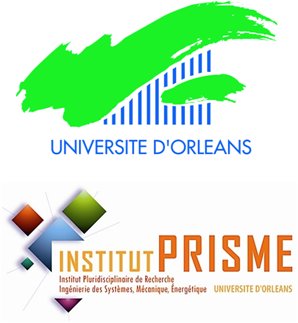

Perceptual deafness affecting the neurosensory part (mainly the cochlea) is supported by amplification of sound signals or by placing a cochlear implant. Cochlear implantation is a technique of auditory rehabilitation for severe and profound deafness. His indications today extend to less severe cochlear pathologies with residual hearing. The medical and surgical challenge of these new indications is to insert these implants into the cochlea while preserving this fragile residual hearing. This goal is achieved in 70 to 90% of cases postoperatively. These success rates can be improved by several therapeutic agents. Difficulties of diffusion of the drugs in the inner ear are related to several barriers (the hemato-perilymphatic barrier and the round window). Nanoparticles represent a solution for the future as a carrier of drugs in the inner ear, because they move in the cochlea with a minimal hydrodynamic force, under the effect of an external magnetic field. The objective of the CochléRob project is to contribute to the development of innovative procedures for the administration of drugs (therapeutic agents) in the inner ear using super-paramagnetic nanoparticles (NPSPM) powered by magnetic fields.
Publication scientifique : 36
Emplois crées : 8
Produit / Prototype : 8
Rapport final : 2
Nouveau projet : 4
Thèse : 6
Action de communication : 2
Project leader

No member partner
SIEMEL
Start of the project on27 / 07 / 2024 | End of project on27 / 07 / 2024
Strategic business lines
 Électronique : matériaux, composants et sous-systèmes
Électronique : matériaux, composants et sous-systèmes
Referent of the project
 Florentin BORÉ
Florentin BORÉ
06 66 39 55 43
florentin.bore@s2e2.fr
Centre-Val de Loire